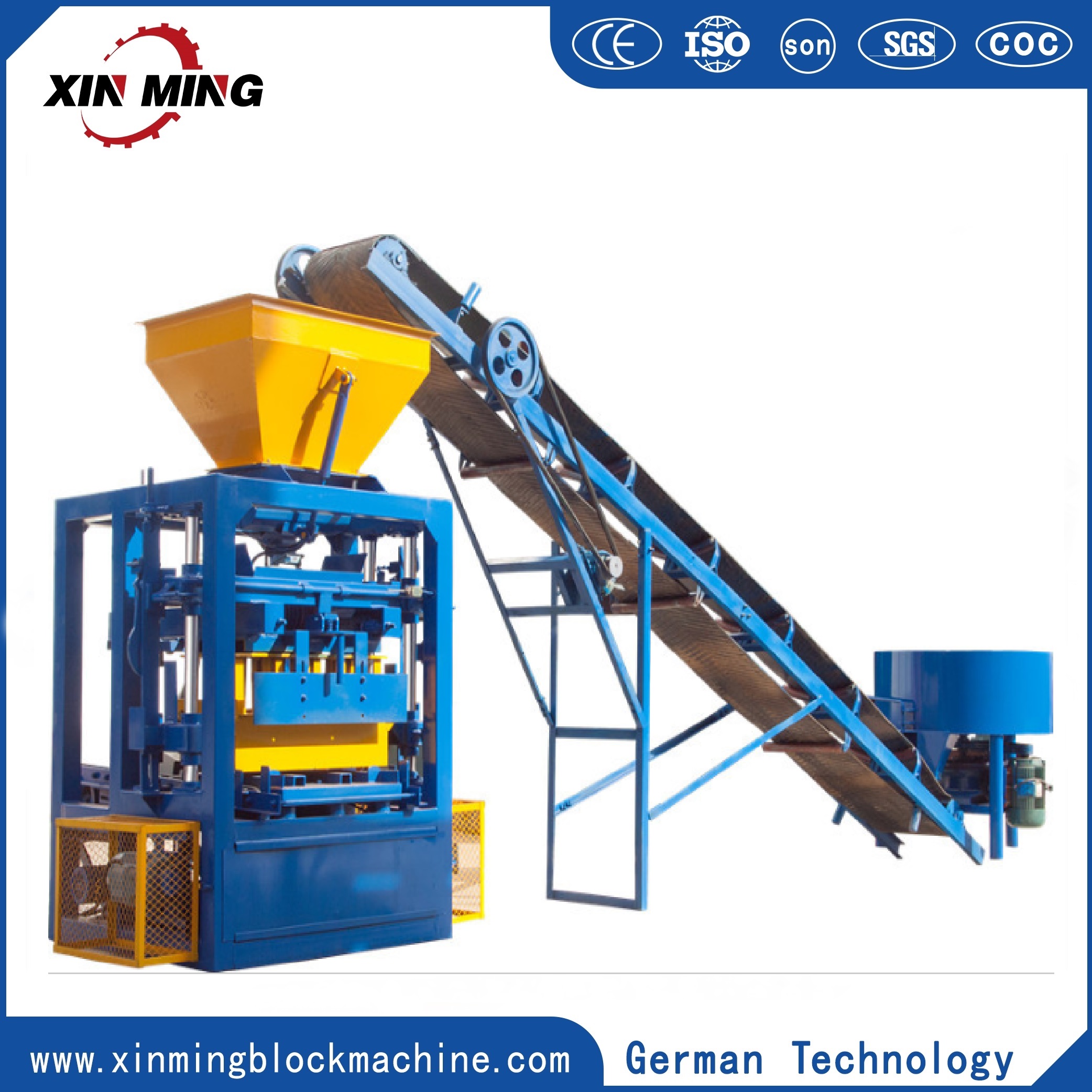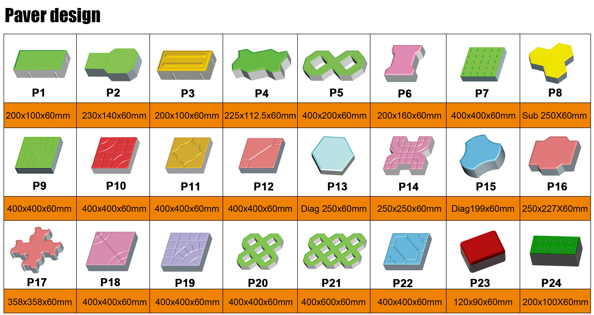
Saving Cement, Sand, and Water in the Brick-making Process: Strategies for Enhanced Efficiency and Sustainability
To start with, the use of advanced brick-making machines can significantly contribute to resource savings. Modern brick-making machines are designed with precision engineering and intelligent controls that optimize the mixing and compaction processes. By accurately metering the amount of cement, sand, and water used in each batch, these machines ensure that no material is wasted. Additionally, their high-pressure compaction system ensures that the bricks are denser and stronger, thus reducing the need for additional cement or sand to achieve the desired strength.
Another effective way to save cement, sand, and water is through the use of alternative materials. For instance, industrial waste such as fly ash or slag can be used as partial replacements for cement. These waste materials not only reduce the demand for cement but also contribute to waste reduction and recycling. Similarly, natural aggregates like gravel or crushed stone can be used instead of sand in some cases, further reducing the consumption of sand.
Moreover, the implementation of strict quality control measures is essential for ensuring resource efficiency. Regular testing of the raw materials and finished bricks ensures that the desired quality is achieved without the need for excessive amounts of cement, sand, or water. By closely monitoring the mixing and compaction processes, any variations in material quality or machine performance can be quickly identified and addressed.
In addition to technological improvements and material substitutions, behavioral changes among brick-making personnel can also contribute to resource savings. Training workers on proper material handling techniques and encouraging them to be mindful of waste reduction can have a significant impact on resource consumption. Simple measures like ensuring that all equipment is properly maintained and that any spillage is promptly cleaned up can lead to significant savings over time.
Moreover, the brick-making industry can also benefit from adopting circular economy principles. This involves designing products and processes that maximize the reuse and recycling of materials. For example, waste bricks from production processes can be crushed and reused as aggregate in new bricks, reducing the need for virgin sand. Such practices not only reduce resource consumption but also contribute to a more sustainable brick-making industry.
In the current context of environmental awareness and sustainability, it is important to highlight the social and environmental benefits of saving cement, sand, and water in the brick-making process. Reducing resource consumption not only helps to preserve natural resources but also mitigates the environmental impact of brick production. This includes reducing greenhouse gas emissions associated with cement production and preserving water resources that are increasingly scarce in many regions.
Furthermore, the implementation of resource-saving strategies in the brick-making industry can also enhance the competitiveness of brick manufacturers. By reducing production costs and improving efficiency, these manufacturers can offer more competitive prices to their customers, while also meeting the growing demand for sustainable building materials.

In conclusion, saving cement, sand, and water in the brick-making process is a crucial aspect of achieving sustainability and economic efficiency in the brick-making industry. By adopting advanced technologies, alternative materials, strict quality control measures, and behavioral changes, brick manufacturers can significantly reduce their resource consumption while meeting the demands of the market. These efforts not only contribute to environmental preservation but also enhance the competitiveness and long-term viability of the brick-making industry.
The strategies discussed in this article are not just theoretical suggestions but practical solutions that can be implemented immediately. As the world moves towards a more sustainable future, it is imperative for the brick-making industry to embrace these changes and lead the way in resource conservation and environmental protection. By doing so, we can ensure a brighter future for both the industry and the planet.
